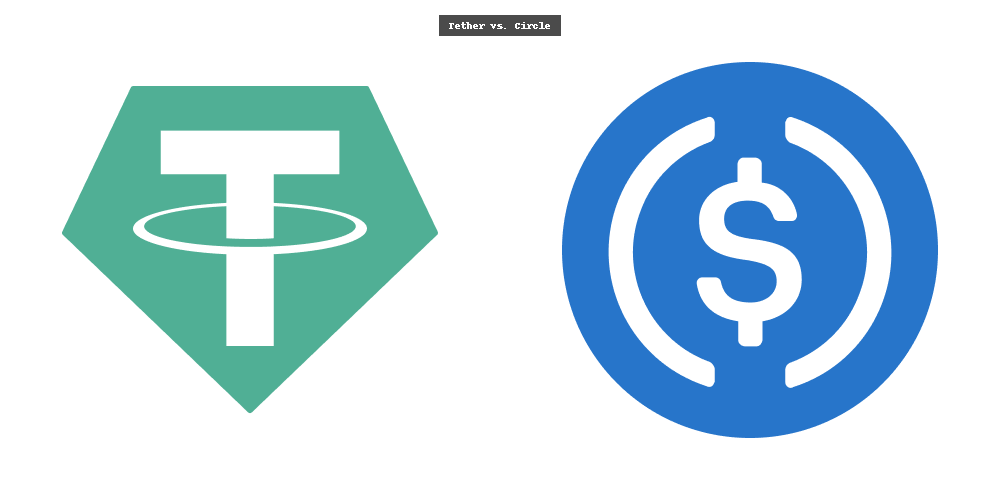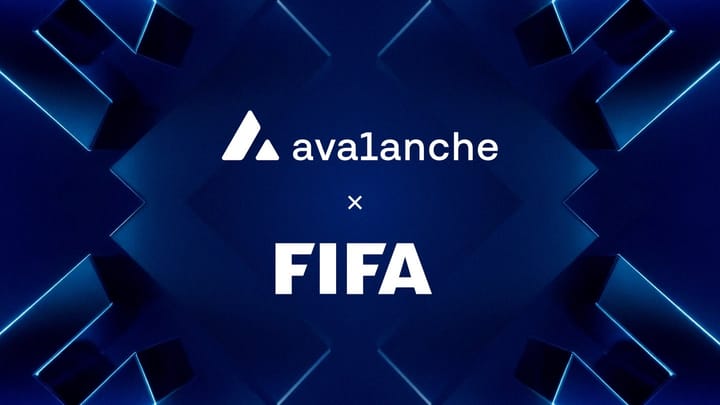EigenLayer and the Rise of Restaking Economies in Web3
Introduction
Ethereum’s transition to proof-of-stake (PoS) via the Merge marked a pivotal shift in the network's architecture, decentralization, and security. Yet, it also unlocked a new primitive in blockchain coordination: restaking. At the forefront of this paradigm is EigenLayer, a protocol that allows Ethereum validators to opt-in and provide security to additional services beyond the Ethereum base layer, known as Actively Validated Services (AVSs).
Restaking introduces an economic flywheel that could revolutionize shared security across the modular blockchain stack. In this article, we’ll dive into the mechanics of EigenLayer, explore how restaking changes incentive design, analyze its implications for validator economics, and discuss the emerging risks and opportunities.
What is Restaking?
In traditional staking, validators lock their ETH to secure the Ethereum network. Restaking extends this utility by allowing the same ETH , already staked for Ethereum consensus to also secure other protocols. This is done through EigenLayer, where validators voluntarily “opt-in” to provide additional services in exchange for extra rewards.
These services could include:
- Data availability layers
- Decentralized oracles
- MEV relays
- zk-proof verifiers
- Rollup sequencers
Restaking turns ETH into a reusable security asset, enabling new protocols to bootstrap trust without spinning up a new token or validator set.
How EigenLayer Works
EigenLayer introduces a set of smart contracts on Ethereum that allow validators to recommit their staked ETH to other services. It operates on two main layers:
- Restaking Layer – Where validators opt-in and subject their stake to additional slashing conditions defined by the AVSs.
- Service Layer (AVS) – Protocols that want to leverage Ethereum’s economic security by integrating with EigenLayer and defining their own validation and reward logic.
Validators who misbehave or fail to meet AVS requirements can be slashed, creating real economic consequences. This slashing risk enforces honest behavior across both Ethereum and the external service.
The Restaking Flywheel
Restaking creates a compounding cycle of benefits:
- Validators earn more by monetizing the same capital across multiple protocols.
- New protocols launch faster by borrowing trust from Ethereum, instead of bootstrapping their own security layer.
- Ethereum becomes a security hub, deepening its moat as the decentralized trust layer for Web3.
This unlocks a new economy of security-as-a-service, and EigenLayer becomes the marketplace for it.
What Are AVSs and Why Do They Matter?
AVSs (Actively Validated Services) are off-chain or semi-on-chain services that require honest validators but don't have their own native security. Examples include:
- EigenDA – A modular data availability layer.
- Witness Chains – Monitoring fraud or correctness in rollups.
- MEV Builders – Enforcing fair ordering or block composition rules.
Each AVS sets its own requirements for participation and slashing. Validators select which AVSs to support based on potential reward vs. risk. In essence, AVSs become modular plug-ins for validator labor.
Benefits of Restaking
- Capital Efficiency: One ETH staked can now secure multiple protocols, increasing yield and security coverage without inflating token supply.
- Bootstrapping New Protocols: AVSs can launch without issuing new tokens or building new validator sets.
- Validator Diversification: Validators can offer differentiated services and revenue streams.
- Ethereum Alignment: Keeps more value and activity within Ethereum’s economic zone.
Risks and Trade-offs
However, restaking is not without concerns:
- Slashing Risk: Participating in multiple AVSs increases exposure to slashing events.
- Validator Centralization: Larger operators may dominate due to technical complexity and risk modeling.
- Economic Coupling: If a popular AVS fails, it could trigger cascading liquidations or slashing events on Ethereum validators.
- Governance Complexity: Managing slashing conditions across services is non-trivial.
Restaking makes the validator role more complex and layered , akin to a “Web3 cloud provider” than a simple block producer.
Restaking vs Shared Security Models
Other shared security models (e.g., Polkadot’s relay chain, Cosmos’ Interchain Security) use native token-level bonding. EigenLayer differs in that it leverages Ethereum's existing economic security without needing a new consensus protocol. This makes it more flexible and easier to integrate.
Restaking can thus be seen as Ethereum’s answer to Cosmos’ Interchain Security or Polkadot’s Parachain model , except it is opt-in, permissionless, and market-driven.
Restaking, MEV, and Middleware
Restaking also introduces new middleware opportunities:
- Restaked MEV Builders: Solvers and builders that are slashed for front-running or censorship.
- Restaked Oracles: Providing uptime guarantees or data accuracy.
- Restaked Bridges: Slashable cross-chain relayers that maintain liveness and correctness.
The intersection of restaking + MEV could realign the incentive structure between users, validators, and protocols.
The Future: EigenLayer as a Security Hyperstructure
EigenLayer is more than a single protocol , it is shaping up to be a security hyperstructure. Similar to how Ethereum evolved from a smart contract platform to a settlement layer, EigenLayer can evolve into a meta-layer that commoditizes trust and validation.
In the long term, EigenLayer may:
- Become a registry for slashing conditions and AVS specs.
- Enable marketplace pricing for validator services.
- Support AI agents, zero-knowledge services, or privacy layers.
- Power new DAOs that coordinate validator labor across chains.
Restaking could even evolve into multichain restaking, allowing stakers from Ethereum to secure external ecosystems like Solana, Celestia, or Bitcoin L2s.
Conclusion
Restaking is a foundational innovation in modular blockchain design. It enables Ethereum to export its security without compromising decentralization or scalability. EigenLayer stands at the center of this movement, giving rise to an entirely new economic layer in Web3: the restaking economy.
As more AVSs emerge, validator marketplaces develop, and restaking standards mature, we are likely to see Ethereum’s economic gravity intensify. But this new flexibility must be balanced with caution. Slashing risk, validator centralization, and governance complexity must be carefully managed.
In the same way that DeFi unlocked capital efficiency for users, restaking unlocks security efficiency for protocols. The next wave of Web3 infrastructure won't be built from scratch, it will be secured by Ethereum, re-staked, and reimagined.
MITOSIS official links:
GLOSSARY
Mitosis University
WEBSITE
X (Formerly Twitter)
DISCORD
DOCS
References:
- https://www.eigenlayer.xyz/
- https://docs.eigenlayer.xyz/
- https://www.paradigm.xyz/2023/04/restaking
- https://mirror.xyz/eigenlayer.eth/
- https://www.bankless.com/restaking-eigenlayer-guide
- https://medium.com/coinmonks/eigenlayer-explained-the-future-of-shared-security-on-ethereum-210a3f5e8e42
- https://vitalik.eth.limo/general/2023/06/12/restaking.html



Comments ()